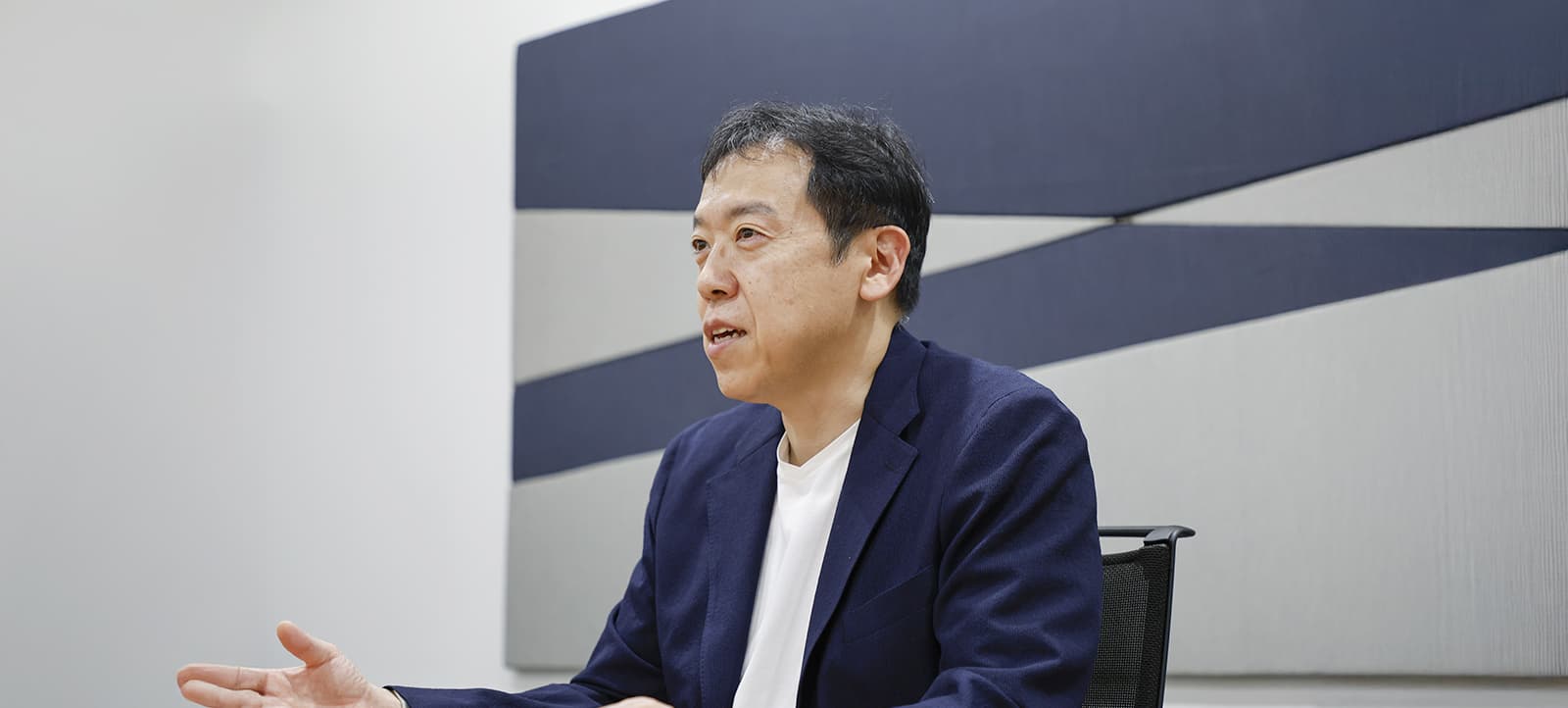My History
Before “SaaS” became widely adopted in Japan, it was common for development teams to manage information using Excel, sending updated files back and forth via email countless times. This was acceptable for something like meeting notes, but when dozens of people updated project management data each day, the number of Excel versions multiplied, making it extremely difficult to keep track of the timeline or identify the latest version.
Everyone on the team was spending an enormous amount of time on these repetitive tasks. As I worked alongside them, I often thought, “Operating Excel isn’t what we were hired to do—surely there’s a more efficient way to work.”
Around that time, I was volunteering to localize free, open-source software from overseas for Japanese users. The software we used in that project happened to be a product from Atlassian, the company that later became our partner. Atlassian’s tools allowed centralized information management, enabling dozens, hundreds, or even thousands of users to make updates simultaneously and share information instantly. I thought, “If I could introduce this communication tool to Japan’s IT industry, people wouldn’t have to struggle with endless Excel files and email attachments anymore.”
That realization led me to found Ricksoft in 2005. Since then, our mission has been to drive innovation and maximize the potential of every individual. We have focused on bringing cutting-edge software and technologies from overseas—such as Atlassian products—to Japan and helping Japanese companies overcome the challenges they face.
However, simply importing new technology does not mean Japanese users can use it effectively right away. We place great importance on providing both examples of how these technologies are successfully applied abroad and the mindset required to use them efficiently. To maximize the impact of new systems, we also help clients rethink their organizational structures and approaches. From organizations hesitant to take the first step, we help them shift their mindset, take action, and achieve their goals. Providing seamless support—from IT strategy to implementation and operations—is one of our greatest strengths.
The Present
Our company also excels in developing our own products.Over the past 15 years, software development has shifted from the traditional waterfall model to the agile model. Many imported technology solutions now support only agile development, without accommodating waterfall methods. To address this, we developed our flagship product, the project management Gantt chart tool “WBS Gantt-Chart.” This product can be integrated as an add-on to overseas solutions, allowing users to manage both agile and waterfall projects efficiently within a single system.
For example, in a project that involves both product development and promotional activities, the development phase is best managed through the iterative agile model, while the promotion phase—advertising and retail rollout—is better suited to a sequential waterfall approach. When managing the entire project from start to finish, both methodologies are required.
Our combined solution—“Overseas solution + WBS Gantt-Chart”—supports both approaches within one system and has been adopted by approximately 8,000 companies worldwide.
The inspiration for developing this product came from our participation in a European event. At our booth, a product manager from an automobile manufacturer approached us for advice. He explained that he traveled around the world every week to meet suppliers and wanted a way to store data in the cloud so that all suppliers could access it, manage projects, and improve productivity dramatically. He noted that automotive projects require both waterfall and agile approaches and that having a tool to manage both under one platform would greatly enhance efficiency.
Hearing his challenge gave us a clear direction for our first in-house product. Until then, we had struggled to establish a solid focus for product development, but that conversation confirmed what we truly wanted to achieve. We devoted ourselves to solving this problem and released WBS Gantt-Chart as an add-on to existing overseas platforms. The product was met with enthusiastic feedback, such as “This is great!” and “Now we can do things we couldn’t before.” Its use soon spread worldwide.
For the Future
Some clients share concerns rooted in their organizational structures, saying, “Even if we introduce a new product, it may not work well because of how our organization operates.” In Japan, development teams tend to have strict hierarchical structures. This can slow communication to senior management, and information sometimes gets altered as it moves up the chain. As a result, the people who truly understand what’s happening are often those working on the front lines.
In contrast, overseas organizations typically have flatter structures, allowing information from frontline employees to reach top decision-makers directly. This enables faster decisions and prevents distortion of information.
In many countries, job mobility is common. Employees move from one company to another as they gain experience, and they want to report their achievements directly to decision-makers. This motivation has naturally fostered the development of effective communication and management tools. Japanese products, such as automobiles and electronics, must compete with those developed under these fast-moving decision-making structures. That is why we emphasize to our Japanese clients that our systems can help them compete more effectively by accelerating communication and decision-making. When we propose not only implementing tools but also transforming organizational structures and mindsets to amplify their impact—tenfold or even a hundredfold—clients respond positively. Some say, “We’ll give it a try,” while others tell us, “That was great advice. It’s hard for me to say this to my boss, so hearing it from someone outside the company really helps.”
At Ricksoft, what we value most is making a difference for others. We strive to provide every possible form of support so that our clients can genuinely say, “We’re glad Ricksoft exists.”Looking ahead, we will continue to expand globally. Many major Japanese companies are now facing global change and increasing competition. We aim to support them in overcoming these challenges and achieving further growth. That is how we fulfill our mission. To accomplish this, we hope to work alongside new colleagues who share our vision and are eager to make an impact on the global stage.
